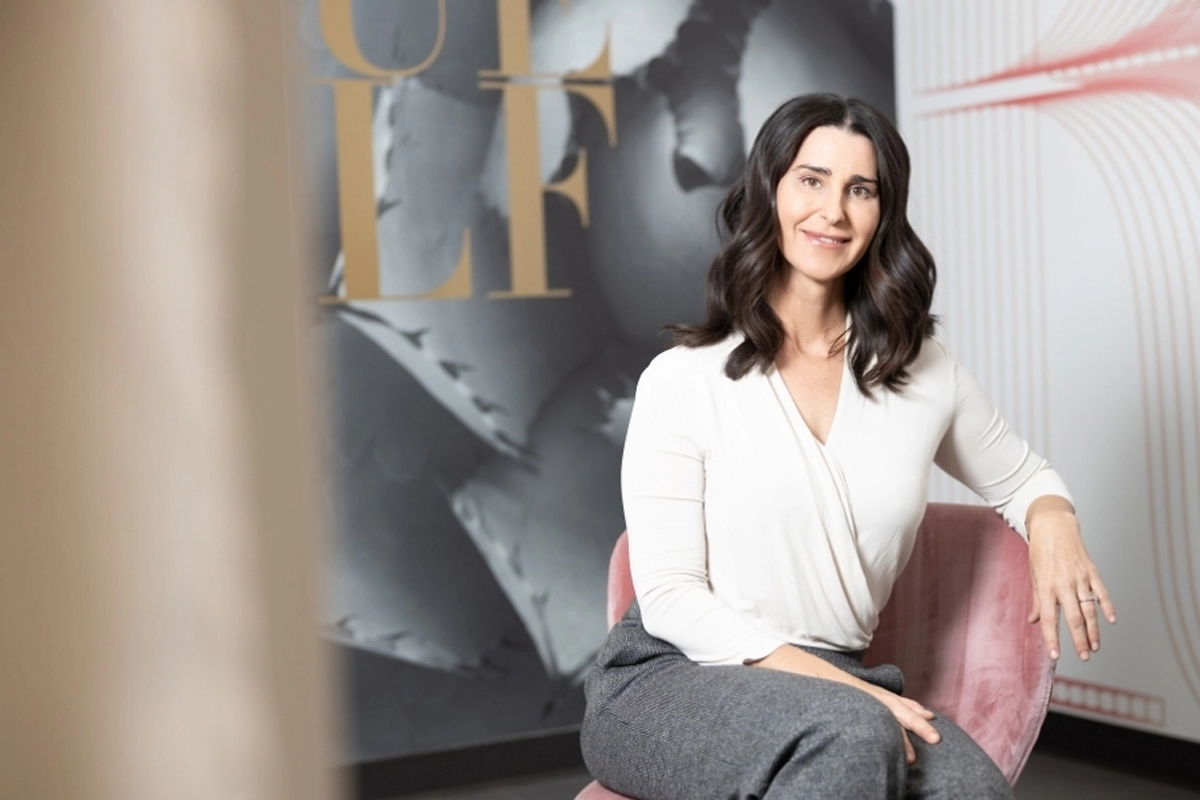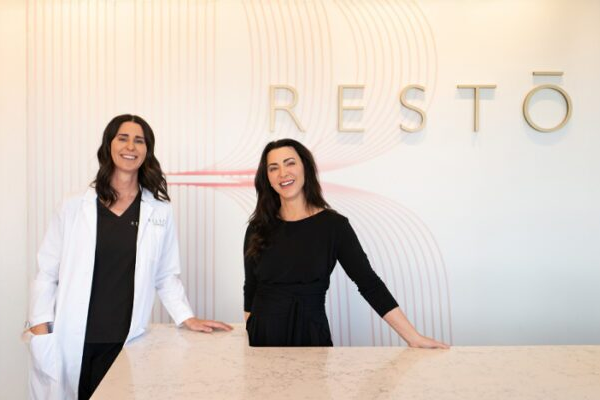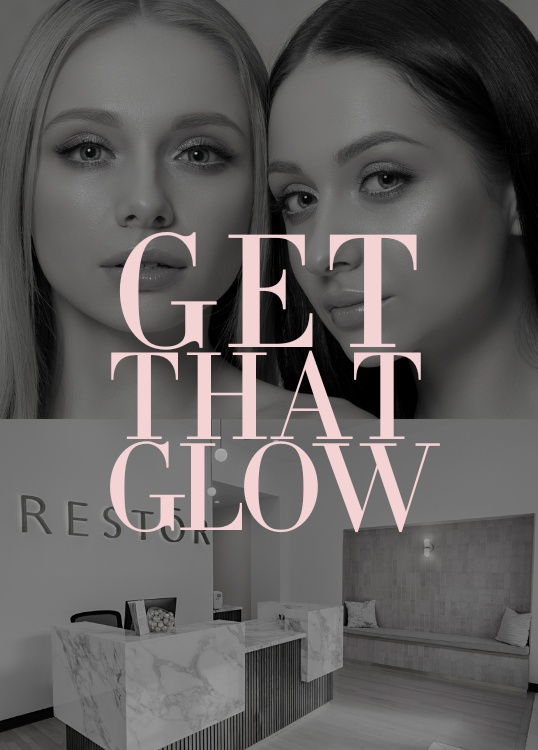
I’ve come to believe that aging isn’t the inevitable decline we’ve been taught to accept. It’s a condition we can actively manage, optimize, and in many ways, make optional. The human body’s ability to regenerate and heal itself is one of medicine’s most underutilized tools.
This belief led me to walk away from a successful 15-year-long career in emergency medicine and trauma to co-found RESTOR Medical Spa with my sister, Dominique Waples-Trefil. Today, we’re pioneering an approach that combines aesthetic medicine with functional health optimization, proving that beauty and vitality aren’t just linked—they’re inseparable.
The Limits of Reactive Medicine
Emergency medicine taught me to save lives under impossible circumstances. For 15 years, I thrived on the adrenaline of trauma care, the satisfaction of pulling someone back from the brink. But gradually, a frustration built that I couldn’t ignore. In the emergency room, we were always acting too late. A heart attack strikes, we try to repair the damage. A stroke hits, we attempt to minimize the devastation. We were perpetually playing catch-up with disease and decline.
The medical model I’d been trained on – wait for something to break, then fix it – began to feel fundamentally flawed. I watched patients cycle through our doors, each visit marking another step in their physical decline. We could patch them up, send them home, but we couldn’t help them thrive. We couldn’t give them back their vitality.
Modern medicine excels at crisis intervention, but what about crisis prevention? What about helping people maintain the energy, strength, and appearance that makes life not just bearable, but joyful? These questions consumed me, even as I continued the important work of emergency care.
A Different Vision of Medicine
The catalyst for change came from an unexpected source. My sister Dominique, then a successful trial attorney, had just discovered Botox. When she saw her results, she didn’t just see smoother skin—she saw a business opportunity and a chance for us to finally work together. “I’m leaving law to open a medical spa,” she announced. “Want to join me?”
To my father, a theoretical physics professor who already thought I’d abandoned real science for what he called “being a glorified mechanic,” this career pivot was incomprehensible. But Dominique and I saw something others didn’t: the future of medicine wasn’t just in treating disease, but in optimizing health.
At RESTOR, we developed a philosophy that challenges conventional thinking about aging and beauty. We recognize that what the human eye perceives as beautiful—glowing skin, symmetrical features, graceful movement—are actually external markers of internal health. When patients say they want to look younger, what they’re really expressing is a desire to feel vital again.

Beyond Surface Solutions
The medical aesthetics industry often stops at the surface, offering Botox here, filler there, without addressing the underlying systems that drive aging. We take a radically different approach. Yes, we provide cutting-edge aesthetic treatments—lasers, neurotoxins, regenerative fillers. But we pair these with comprehensive hormone optimization, nutritional guidance, and functional medicine protocols.
Consider hormone replacement therapy. As we age, our bodies produce fewer of the hormones that keep our skin elastic, our muscles strong, our minds sharp. By optimizing these levels, we don’t just help patients look better—we help them sleep deeper, think clearer, and rediscover energy they thought was lost forever. One patient recently told me, “I didn’t realize I’d been living in black and white until you brought back the color.”
This integration of aesthetic and functional medicine is essential. There’s no point in creating beautiful skin if it’s draped over an unhealthy body. True transformation requires addressing both the inside and the outside, treating the whole person rather than isolated concerns.
Building a New Model
Creating this integrated approach meant building new protocols from scratch. We couldn’t simply combine existing practices; we had to reimagine how aesthetic and functional medicine could work in harmony. This meant extensive research, careful testing, and a willingness to challenge industry norms.
Our clinical team undergoes training that’s many times longer than industry standard because they need to understand not just how to perform procedures, but why certain treatments work better for certain patients. They learn to see beyond immediate concerns to understand the underlying patterns of aging and health.
This approach has positioned us three to five years ahead of industry trends. While others are just beginning to explore the connection between hormones and skin health, or between nutrition and aesthetic outcomes, we’ve been refining these protocols for over a decade.
The Science of Aging Optional
Making aging optional doesn’t mean creating artificial youth. It means giving people the tools to maintain their vitality, energy, and appearance for as long as possible. It means extending not just lifespan, but healthspan—the years of life lived in good health.
The science supports this possibility. We now understand that many aspects of aging previously thought inevitable are actually modifiable. Muscle loss, cognitive decline, skin degradation—these aren’t fixed destinies but processes we can influence through targeted interventions. By combining aesthetic treatments that stimulate regeneration with internal optimization that supports cellular health, we create synergistic effects that neither approach could achieve alone.
A Growing Movement
What started as a single location born from my sister’s Botox epiphany has grown into a movement. We now operate three locations in Denver with plans for 20 in the next five years and are both proud EO members. This expansion is part of our mission to make transformative care accessible to more people.
My path from emergency room to aesthetic practice might seem like an unusual journey, but in truth, it’s a natural evolution. I’m still in the business of helping people live better lives. I’ve simply shifted from reactive to proactive, from treating crisis to preventing it, from accepting aging to making it optional.
The future of medicine lies not in better ways to treat disease, but in helping people maintain the vitality that makes treatment unnecessary. In my business, we’re not just changing how people look—we’re transforming how they age. And in doing so, we’re redefining what it means to grow older.
– – –
Dr. Flora Waples is the founder and Medical Director of RESTOR, a premier medical aesthetics and wellness practice with multiple Colorado locations. She transitioned from 15 years in emergency medicine to create a practice focused on proactive, preventative care that makes aging optional.


